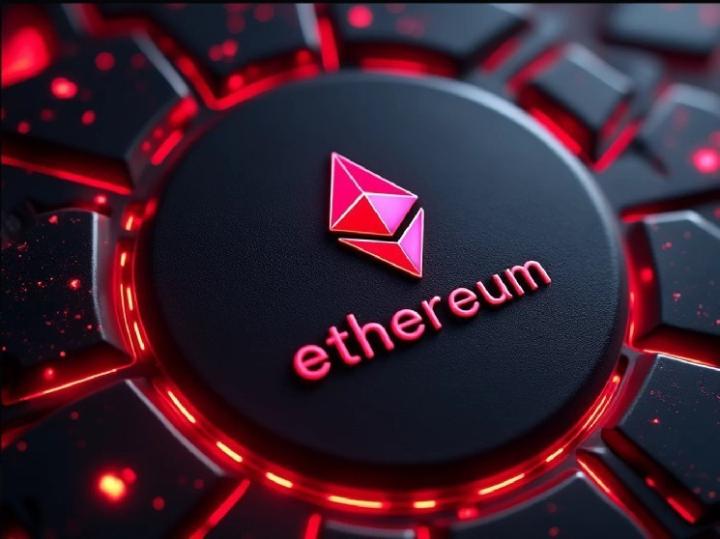OpenAI made big news again today.
It spent 1.1 billion US dollars to acquire a brand new company Statsig . Not only did it buy the company, it also "bought" people.
Statsig's CEO Vijaye Raji was directly parachuted in and became the new CTO of OpenAI's application department.
He will report directly to CEO Fidji Simo. (Ultraman is probably focusing on computing power and building his supercomputing center.)
Many people probably haven't heard of Statsig. It's an experimentation and analytics platform that helps software teams launch new features "smarter, safer, and faster," such as A/B testing, feature switches, and product analytics.
It does not help OpenAI write code, but helps determine "whether to put the code online after it is written, how to put it online, and whether it will bring good results after it is put online."
As can be seen from the Demo on Statsig's official website, it provides a variety of tools to support data analysis and experimental design.
Users can access real-time data on core metrics such as daily active users (DAU) and purchase events (DPE) through the platform, while using dashboards and alerts to monitor project progress and team collaboration.
Vijaye Raji becomes OpenAI's CTO
Vijaye Raji, the airborne CTO, looks like a "programming tough guy" and his resume is also extremely impressive.
Below is his Github homepage. Judging from the green box contribution chart, he really loves programming and writes code almost all year round .
Vijaye Raji worked at Microsoft for about ten years and joined Facebook (Meta) where he led large-scale consumer engineering for ten years.
In 2021, he left Meta and founded Statsig, determined to allow external product teams to use Meta's internal-level experimental and data tools.
Statsig's mission is to reduce the cost of product trial and error, allowing engineers and product teams to iterate faster in a data-driven manner.
He is also actively involved in the community, supporting education and public welfare, such as volunteering to teach children computer science courses.
OpenAI officially announced that Vijaye Raji will be responsible for leading product engineering for ChatGPT and Codex. His responsibilities will span core systems and product lines, including infrastructure and integrity teams.
The Indian genius who fell in love with programming at the age of 12
Vijaye was born in Pondicherry, India. At the age of 12 , he developed a strong interest in programming.
Since his family couldn't afford a computer, he learned programming on the computers in the local library.
Once, in order to write code all night long, he even persuaded the librarian to lock him in the library alone after closing time.
Despite his passion for technology, Raj could not bear to be away from his family.
Therefore, when faced with choosing a university, he did not choose the top information technology institutions that have trained many Indian engineers in Silicon Valley, but instead enrolled in the nearby Pondicherry University.
Soon after graduation, he was selected by Indian outsourcing giant Wipro and sent to Finland to work for Nokia .
Two years later, Vijaye received an offer letter from Microsoft in Seattle.
At that time, Wipro paid him an annual salary of US$2,600, which was considered a very good salary in India at that time.
But Microsoft's offer letter promised an annual salary of $72,000! Such a high salary that he initially thought the company must have made a mistake.
After joining Microsoft, Vijaye devoted nearly ten years of hard work to create many outstanding products, including Windows Application Framework, SQL Server Modeling Language/Runtime, Visual Studio Editor, etc.
Later, Vijaye went to Meta and led the creation of projects such as Windows version of Messenger, Facebook Marketplace and Groups Commerce.
He started as a software engineer and rose through the ranks, serving as vice president, head of gaming, and head of the Seattle office before ultimately becoming vice president and overall head of entertainment.
However, one thing Vijaye never admits is how much he is loved by his current and former team members.
Vijaye would never mention that he is a capable and reliable partner in the eyes of his superiors and employees.
He even avoids talking about the giant, life-sized pillows featuring his image that once circulated around Meta's old Seattle offices.
If you ask, he'll probably just shrug and laugh it off, then share an anecdote about how influence stems from trust.
Outside of work, he enjoys spending time with his family and volunteering to teach computer science in elementary schools.
As for outdoor activities, he would avoid them whenever possible.
Why OpenAI acquired Statsig
Considering that Ultraman previously "resigned" as OpenAI CEO and handed over power to Vijaye Raji, OpenAI's next step is to focus on products .
According to foreign media reports, this series of actions clearly shows that OpenAI's strategic focus is shifting from pure underlying model research and development to building world-class, data-driven end-user products.
Compared with Anthropic, which aspect does OpenAI need to fill more now?
Meanwhile, Anthropic announced a new round of financing today, sending its valuation skyrocketing.
With this round of F financing of US$1.3 billion and a post-investment valuation of approximately US$183 billion, Anthropic has a larger "long-term budget" in hand, and its external narrative also emphasizes reliability, security and enterprise readiness (including strong coding capabilities).
In this comparison, what OpenAI needs to strengthen most is not "another big model", but to stably and continuously transform research results into a reusable product engineering system : faster testing, more stable online launch, and clearer quantification of "whether it is really better".
OpenAI's acquisition of Statsig is aimed at completing and strengthening the product engineering platform that completes the last mile of the "model capability → user value" journey.
Making experiments, phased releases, real-time metrics, and causal evaluations the default actions allows applications like ChatGPT and Codex to move from ideation to scaled launch faster and more controllably.
This is exactly the track that Statsig excels at.
The Statsig platform, which features A/B experiments, feature flags, and real-time decision-making, has already been adopted by teams like OpenAI. In other words, OpenAI has integrated a "product experimentation platform" directly into the foundation of its application line.
OpenAI for Science
At the same time, OpenAI CPO Kevin Weil also launched a new project within the company - OpenAI for Science.
The goal is to create the next generation of great scientific instrumentation: an AI-powered platform for accelerating scientific discovery.
This small team will be composed of leading scholars who:
Achieve world-class levels in your field;
Firm belief in the power of AI;
He is an outstanding science communicator.
They will also be paired with a team of researchers in the hope of demonstrating that AI models are poised to accelerate advances in basic science and drive research around the world.
Scientific discoveries can improve every aspect of our lives, from our daily quality of life to national security to global GDP. Few areas hold as much promise for improving human life as science.
GPT-5 is clearly a new milestone.
Here are four recent examples, but there are many more, not to mention outstanding achievements like AlphaFold, developed by Google DeepMind.
1. GPT-5 Pro improved a bound in Sebastien Bubeck's paper on convex optimization by 50% in just 17 minutes of thinking.
2. GPT-5 outlines the proof ideas for a recent hep-th paper on quantum field theory and proposes related expansion directions.
Paper address: https://arxiv.org/pdf/2508.21276v1
3. In OpenAI’s recent collaboration with Retro Biosciences, a custom model designed significantly improved variants of a Nobel Prize-winning protein related to stem cells.
4. Derya Unutmaz provides a steady stream of examples of how AI is accelerating her biological research.
Kevin Weil said that he originally wanted to become a high-energy physics researcher, but like many people, he was attracted by interesting technical problems halfway and plunged into the entrepreneurial circle.
Now, he’ll begin learning the craft as an AI researcher, working alongside Sebastien Bubeck and OpenAI’s synthetic data team.
I was able to do this because OpenAI has outstanding product and design leaders, and with Fidji Simo joining as CEO of the application, the team has been further strengthened.
He will also share more information about OpenAI for Science in the coming months.
References:
https://openai.com/index/vijaye-raji-to-become-cto-of-applications-with-acquisition-of-statsig/
https://www.statsig.com/blog/openai-acquisition
https://www.sequoiacap.com/article/vijaye-raji-spotlight/
This article comes from the WeChat public account "Xinzhiyuan" , author: Xinzhiyuan, editor: Dinghuihaokun, and is authorized to be published by 36Kr.





















